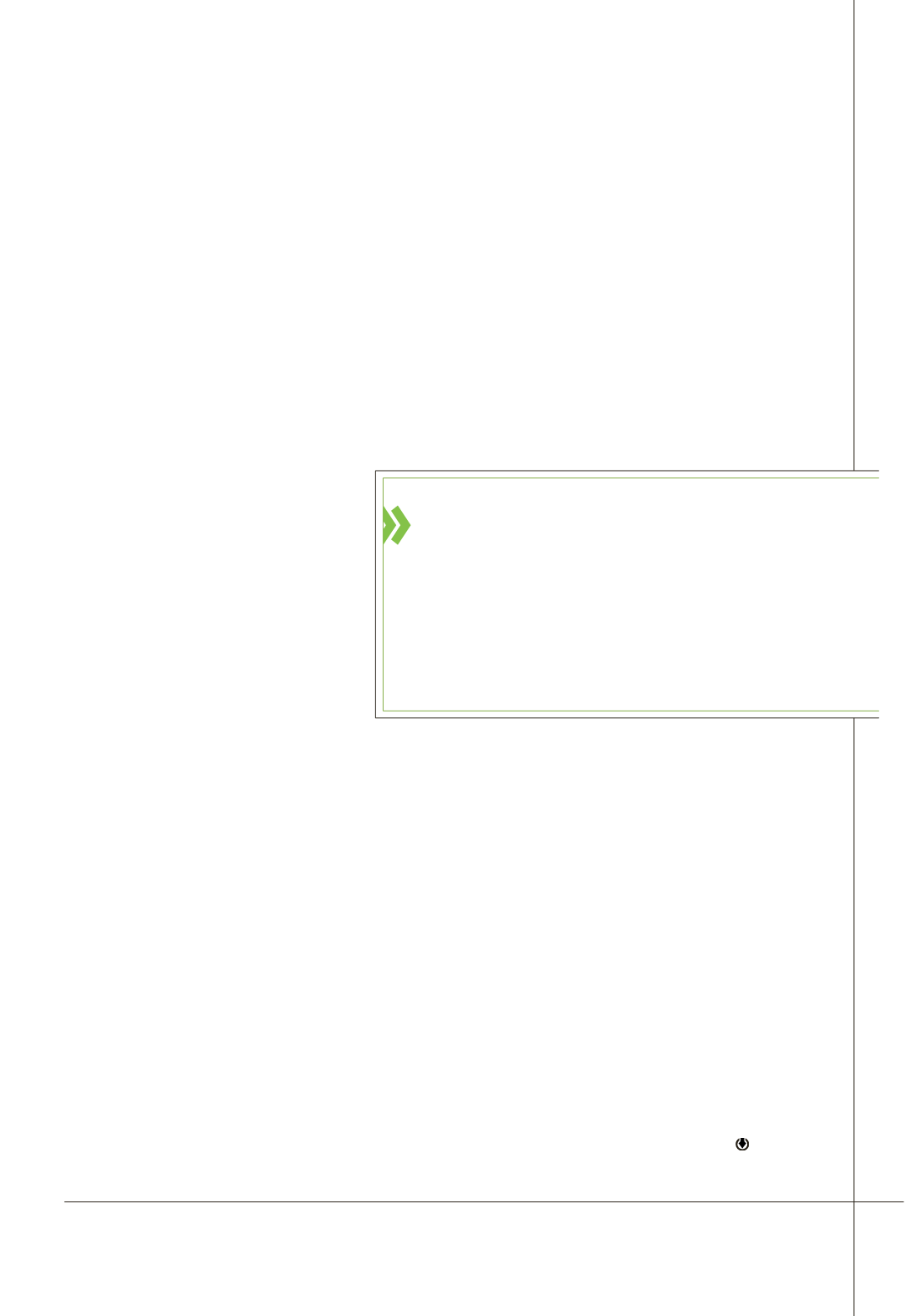
I N N O V AT I O N S • J A N U A R Y -
M A R C H 2 0 1 4
27
Changing Directions
CONTINUED FROM PAGE 13
border to help ease the tar sands bottleneck – a plan
that includes converting an existing pipeline to
carry dilbit – incidents like these are top of mind for
operators, regulators and the concerned public.
A Bit about Dilbit
Canadian tar sands produce a low grade crude oil
known as bitumen that is too thick to transport as is.
However, thinning it with a natural gas condensate
like benzene can get it flowing. The new expansion
pipeline will carry condensates from the United
States to the tar sands, where they will be used to
dilute the bitumen. The existing line, which was
initially built to carry thinner oil at lower
pressure in the opposite direction, will
be reversed and converted to a higher-
volume vehicle to move the dilbit west
across Canada, where it can be readied for
export to new markets.
Dilbit is higher density than crude
oil, so it flows under higher pressure,
and this could stress undetected internal
weaknesses. Corrosion fatigue was blamed
for the Michigan failure; while the jury is
still out on the cause of the Arkansas line
breach, the early evidence points to fatigue
resulting from heavier oil combined with hook cracks
in brittle electric resistance welded pipe. Kirkwood is
concerned that, without adequate inspection, a similar
fate could await the new dilbit-converted pipeline.
“When you change the duty of a pipeline, both
through reversing flow and changing the product, new
threats can present themselves that were not necessarily
considered during its design,” Kirkwood says.
Integrity Innovations
Kirkwood, who has spent much of his career studying
and writing about the integrity of oil and gas
infrastructure, is, not surprisingly, a staunch advocate
of integrity management. He believes more thorough
inline inspection could reduce the risks of pipeline
reversal.
A high level pressure test using water – so-called
hydrotesting – is often considered the gold standard in
testing for pipeline leaks. But hydrotesting alone may
not be enough to completely assure reliability.
“Hydrotesting is useful in determining the pipeline’s
standing for present use,” Kirkwood asserts. “But when
you make a departure from the original design scope
like reversing product flow, there’s so much more you
need to understand in terms of risk. You have to ask
yourself, at the very least, ‘if it were a new pipeline,
what would I do to identify risks, and detect and
mitigate problems.’”
In addition to hydrotesting, a variety of inline
inspection technologies are available. However, most
of these technologies have focused on metal-loss.
Spotting corrosion is beneficial, but this data often
fails to give operators a complete view of pipeline
health. Pipelines can fail due to a variety of defects
such as corrosion, dents, cracks, stresses, or any
combination thereof.
The good news is, the pipeline services industry
is well aware of the shortcomings of current
integrity testing. Next generation inspection tools
are already in field operations – such as TDW’s
Multiple Dataset Platform with SpirALL
®
EMAT,
which combines a variety of inline technologies to
search for multiple defect types concurrently. These
new tools offer better crack detection, prioritization
of defects for faster repairs on critical issues, and
more complete analysis of defects through advanced
software. It’s Kirkwood’s belief that such cutting-
edge integrity innovations will help operators make
more informed decisions about pipeline repurposing
in the future, helping to prevent catastrophes such
as the Michigan and Arkansas disasters.
These new tools offer better crack
detection, prioritization of defects
for faster repairs on critical issues,
and more complete analysis of
defects through advanced software.


